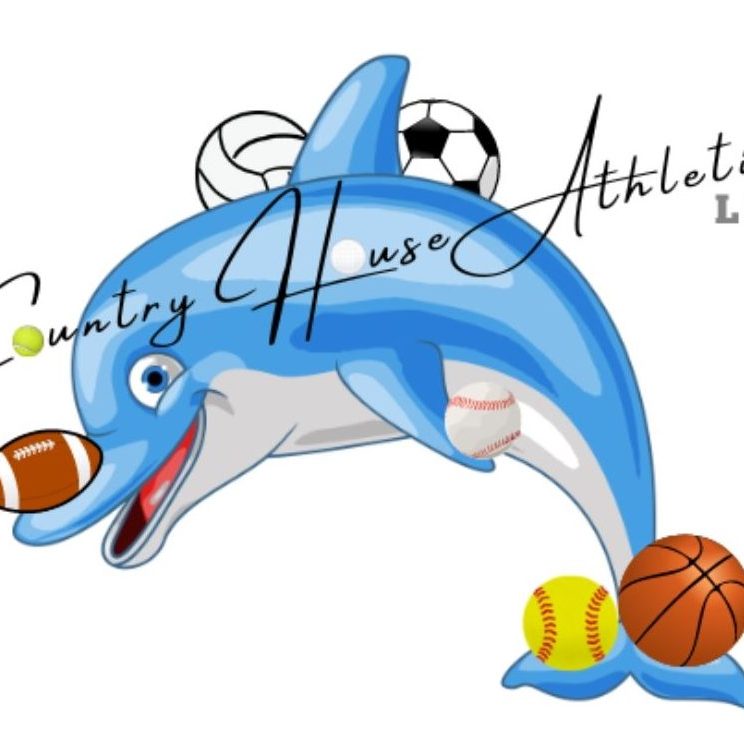As a parent, you trust that your child is safe when they take the field, court, or track. But emergencies can happen in an instant — and when they do, every second counts. One of the most critical, yet often overlooked, components of keeping young athletes safe is having an Automated External Defibrillator (AED) readily available on-site and included in the organization’s Emergency Action Plan (EAP).
Why AEDs Are Essential at Youth Sporting Events
Like we discussed two weeks ago, Sudden Cardiac Arrest (SCA) can strike anyone — even seemingly healthy children and teenagers. When it does, immediate defibrillation can mean the difference between life and death. According to the American Heart Association, the chance of survival drops by 7-10% for every minute defibrillation is delayed. AEDs are designed to be used by people just like you — they give clear, step-by-step voice instructions and won’t deliver a shock unless it’s absolutely necessary.
Simply put: AEDs save lives.
One Size Doesn’t Fit All: Child vs. Adult AED Pads
One thing to keep in mind is while AEDs are incredibly user-friendly, sometimes one detail is often missed — the difference between adult and child pads. Youth sports organizations must be equipped for both possibilities.
- Adult pads are designed for use on individuals 8 years and older or over 55 lbs.
- Child pads (or a child key/attenuator) should be used on children under 8 or under 55 lbs.
It’s vital that you become familiar with the specific type of AED in your organization. Some AEDs allow you to switch modes manually, while others require different electrode pads. Your organization’s AED should have both sets of pads clearly labeled and readily accessible.
Having an AED Is Only Half the Equation: You Need a Protocol
An AED program isn’t just about owning a device — it’s about having a plan to use it. Every organization should have a clear AED protocol built into their broader Emergency Action Plan.
Here are some things that AED protocol should include:
- AEDs are inspected monthly and battery/pad expiration dates are tracked.
- AEDs are clearly visible and located near high-traffic activity areas.
- Coaches, volunteers, and staff receive CPR/AED training annually.
- A designated responder (or group) is identified for each event.
- Emergency drills are conducted to practice roles and response time.
- Clear instructions are communicated with parents and posted in visible locations.
Good Samaritan Protection in Pennsylvania
One common concern parents and volunteers have is: “What if I do something wrong?”
Rest assured — Pennsylvania’s Good Samaritan Law offers protection to individuals who, in good faith, provide emergency care (including AED use) at the scene of an emergency. As long as you’re not acting recklessly or expecting compensation, you’re protected from civil liability. The law is there to empower you to act, not penalize you for trying to help.
Country House Athletics Is Here to Help
At Country House Athletics, we believe emergency preparedness is just as important as coaching and conditioning. Our consulting team can help your organization:
- Develop or review an Emergency Action Plan
- Choose and maintain AEDs properly
- Train your staff and volunteers
- Set up AED protocols tailored to your facility and events
If you’re a parent, coach, or administrator who wants to ensure your program is prepared for any emergency, we’re here to answer questions and guide the process.
Contact us today to start building a safer environment for your young athletes.

No responses yet